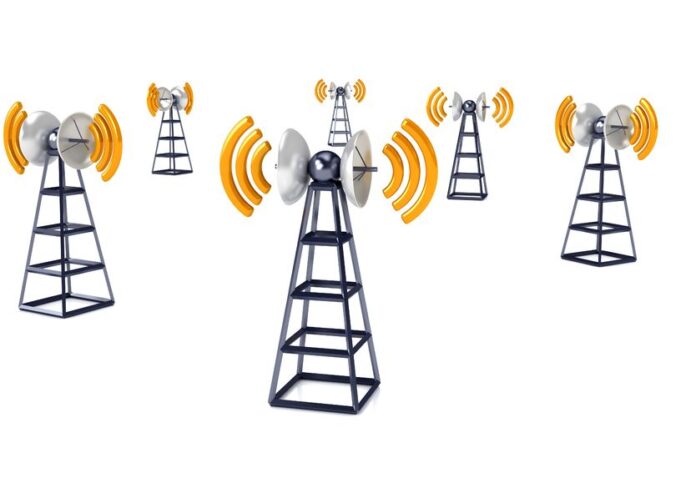What is shakedown testing?
Shakedown testing, also known as site acceptance testing, is site testing that occurs when contractors have completed construction and installation work at a network site, but before a site is handed over to the carrier’s operations team.
Texas-based Verveba Telecom specializes in testing for wireless networks – including shakedown testing of network sites. RCR Wireless News spoke with Manik Arora, founder and CEO of Verveba, for a better understanding of the shakedown testing process and Verveba’s app-based approach.
“With any new technology rollout to the wireless domain, we do a lot of upgrades on the hardware or in the software,” Arora said. “In this case, for LTE shakedown testing, we are testing the existing, underlying technology – UMTS, or 3G – and we are upgrading to 4G software and hardware on sites.”
What does shakedown testing consist of?
Each operator has its own specific, standard testing before a site is accepted, Arora said. In general, though, the testing focuses on two areas: functional and mobility testing to ensure basic site capabilities. Optimization testing is done later, Arora said, after the site has been accepted by the carrier and handed over to its operations team. He said traditionally, shakedown testing has consisted of cluster drives and benchmarking equipment in vehicles.
Functional testing focuses on voice and data tests performed in each sector of the cell, close to the site. Tests ensure not only that a device connects to the proper sector, but also assess fallback mechanisms to make sure that fallback to circuit-switched voice and 3G data sessions work properly.
Mobility testing ensures that handovers between the sectors at the site are happening properly, with a low degree of latency. Arora said that handovers are tested at all three of the sectors: sector A to B, B to C, and C to A.
Some carriers may require additional testing.
What are some current trends in shakedown testing?
Arora said that most operators perform shakedown testing on a large scale, but are limited by the expensive traditional equipment for drive testing. He sees integrators seeking to cut costs on testing as well as trying to speed up the process as operators not only work to expand their LTE networks, but also look toward the new technologies and services that are coming as part of LTE and LTE-Advanced. Arora said that Verveba is already doing some voice over LTE-related testing, and that the company is working with OEM partners and operators to keep tabs on the testing that will be required for roaming and LTE-A features such as carrier aggregation.
What is Verveba Telecom’s approach?
Verveba has developed a mobile app that provides the key performance indicators used in shakedown testing. The app was recently shortlisted for an award for best test and measurement product at the LTE North America conference, and Arora said that the app is able to cut two to three days of shakedown testing time to 90 minutes.
“Handsets are very powerful devices now,” Arora said, and many KPIs can be accessed via mobile chipsets. Arora said that the app allows shakedown testing to be performed much faster and less expensively, compared to the cost of buying or renting traditional test equipment, and it also provides the test data in real time. The app user interface is simple enough that nonengineers can also perform the testing, he added.
“What we did is create a UI which is very powerful and easy to understand,” Arora said. “It’s all color-coded. You don’t need a very high skill level to perform the tests.”
Watch two video interviews with Verveba Telecom on shakedown testing and trends below:

